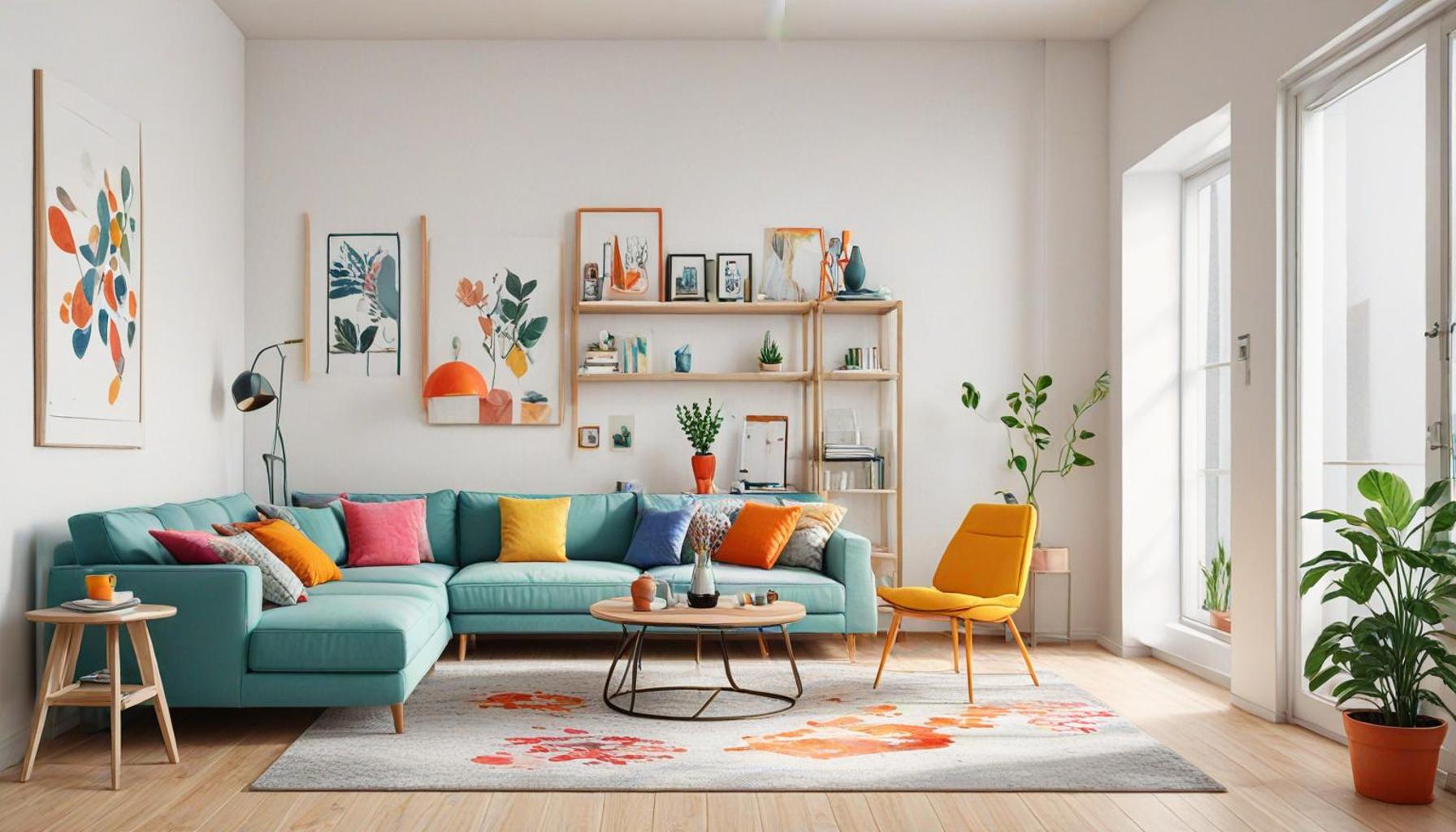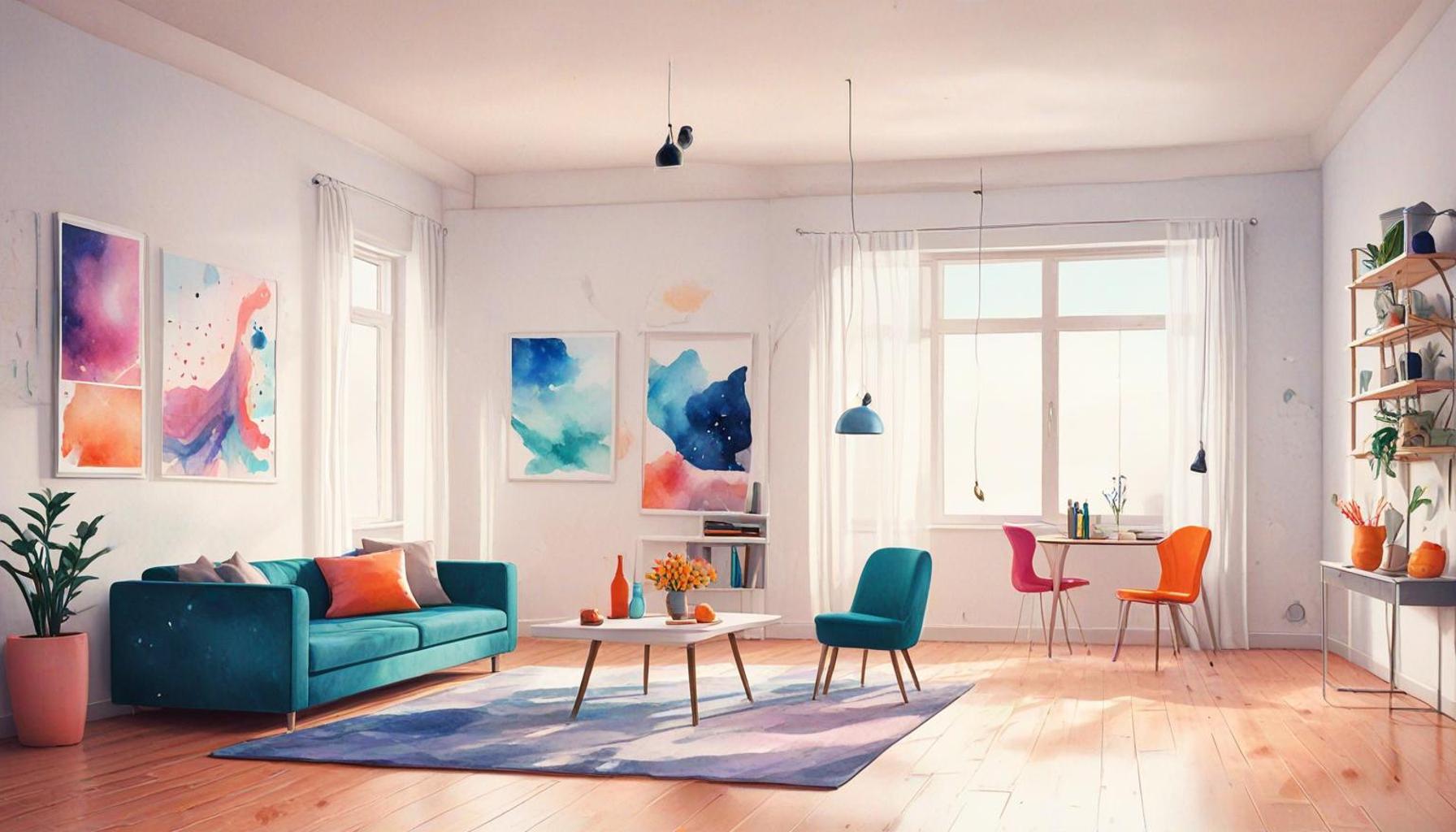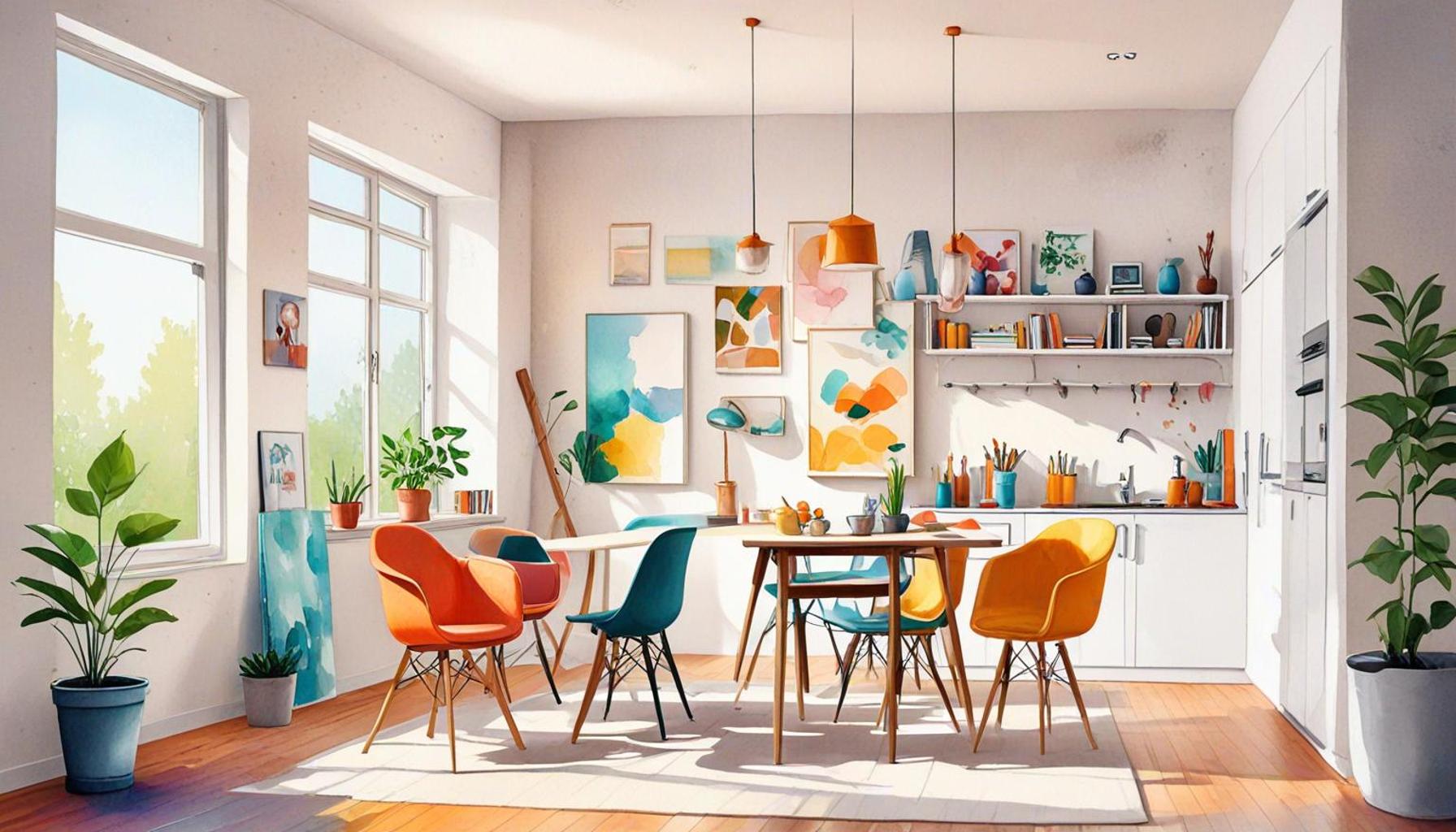The Importance of Visual Organization in Minimalist Spaces to Enhance Productivity
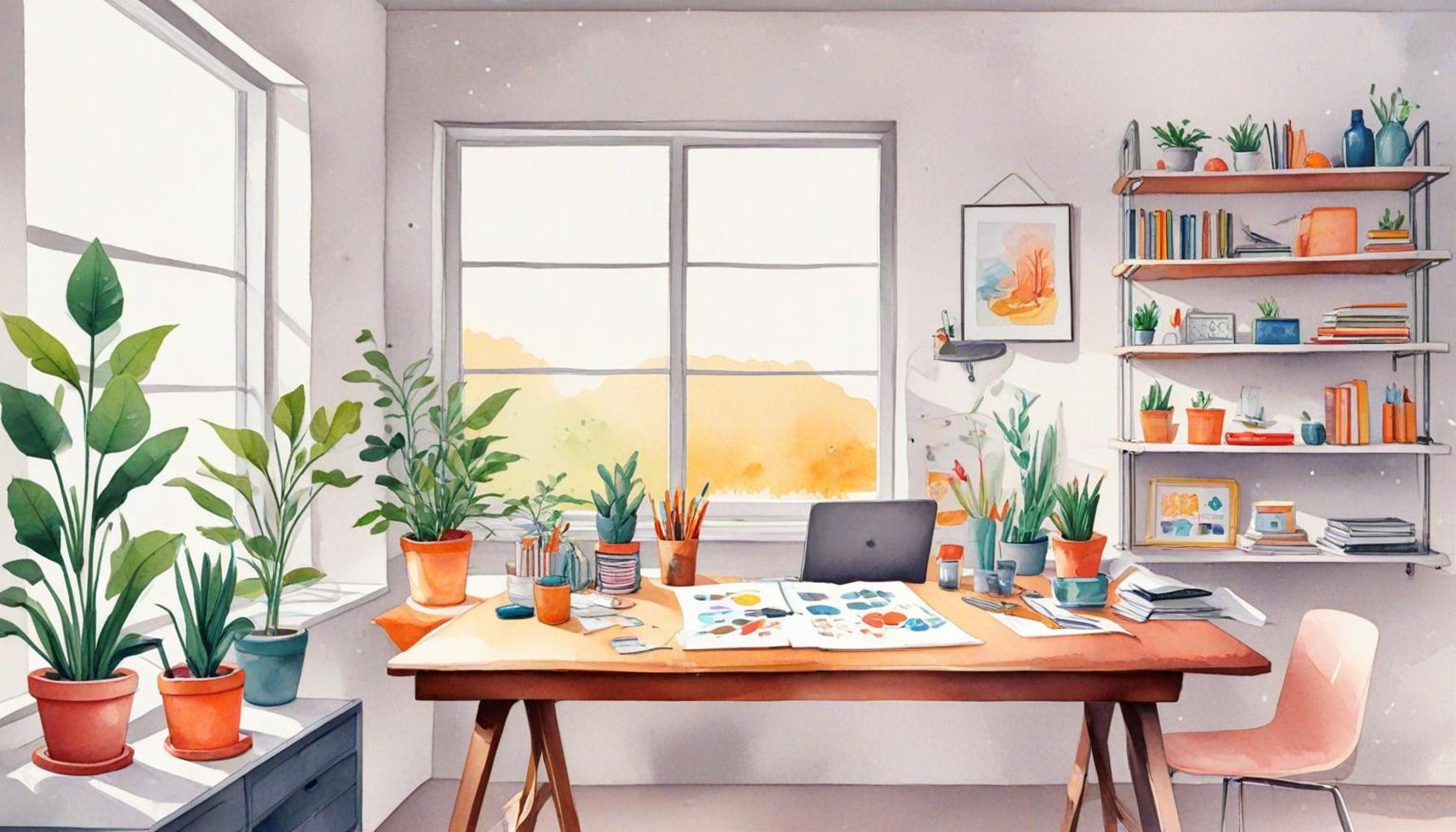
The Importance of Visual Organization
In our increasingly busy lives, creating spaces that foster focus and productivity is more crucial than ever. The practice of visual organization in minimalist settings encourages a level of tranquility that is essential in today’s environment, where distractions reside at every turn. By carefully curating our surroundings, we can promote not only a more inviting aesthetic but also enhance our efficiency and encourage advanced cognitive functioning.
One of the standout benefits of visual organization is clarity. Think of a workspace, such as a modern office setup with clean lines and organized elements. This structure can significantly lower cognitive load, freeing up mental resources for brainstorming and problem-solving. When a desk is clutter-free—perhaps featuring only a laptop, a notebook, and a plant for a touch of nature—individuals can find it easier to channel their energy toward their primary tasks rather than being sidetracked by extraneous items. A study from the Princeton University Neuroscience Institute found that clutter can actually hinder our ability to focus, which illustrates why organizations are now embracing clean, simple designs.
Simplicity plays another crucial role in maintaining productivity. The less cluttered a space, the more it cultivates a sense of calm. A minimalist room with soft color palettes and only essential furniture can lead to a soothing atmosphere that nurtures creative thinking. For instance, many tech startups across Silicon Valley have adopted these minimalist designs, allowing employees to feel relaxed and inspired. The psychology behind colors also supports this notion, where softer hues enhance concentration while vibrant colors ignite creativity.
Furthermore, efficiency is significantly improved in organized environments. An uncluttered workspace allows necessary tools and resources to be conveniently accessible, streamlining workflows. Imagine a crafting area where art supplies are neatly stored in transparent containers labeled for easy identification. Not only does this method save time when searching for materials, but it also fosters a productive environment where creativity can flow smoothly.
Studies suggest that individuals working in well-organized settings can experience productivity increases of up to 20%. Such statistics underscore the importance of deliberate organization for professionals, students, and anyone looking to make the most of their time.
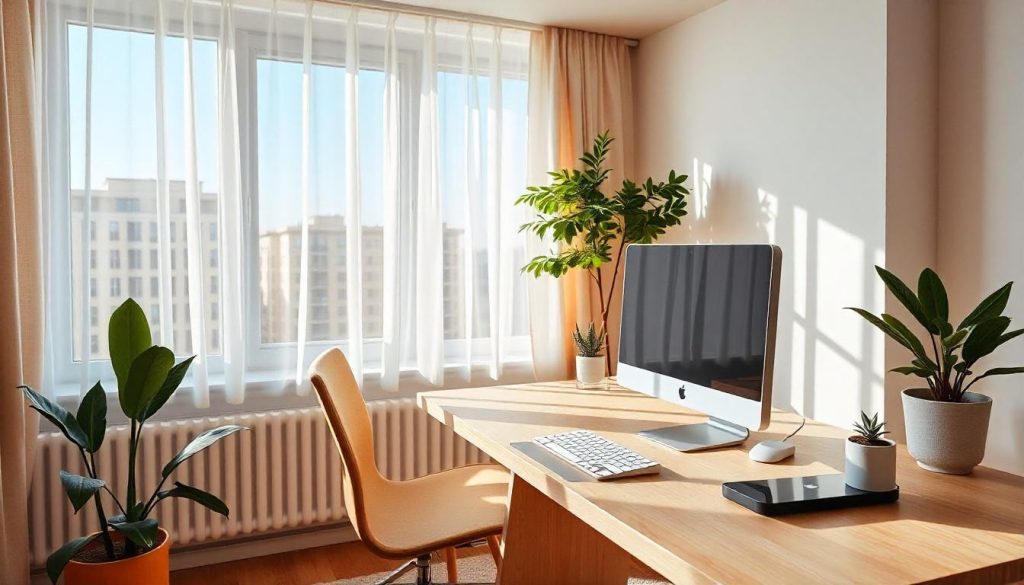
To attain visual organization in minimalist spaces, we can follow specific principles that not only enhance the aesthetic appeal but also the overall functionality of our environments. Techniques such as decluttering regularly, using storage solutions effectively, and maintaining a consistent design theme can help reshape any environment into a productive haven. From simple adjustments like color coordination to more intricate arrangements like creating zones within a room for specific activities, individuals have a wealth of options to explore. In an age where efficiency is paramount, adopting these principles can be a game-changer.
DISCOVER MORE: Click here for tips on personal organization
Enhancing Clarity and Focus Through Design
To truly appreciate the significance of visual organization in minimalist spaces, we must delve into how neatly arranged environments can facilitate clarity and focus. The principle of keeping things simple doesn’t just appeal aesthetically; it also roots itself in the psychology of how we operate. When a workspace is visually organized, individuals are more likely to approach challenges with a clearer mind. For example, studies suggest that a neat desk can not only improve your focus but also enhance your problem-solving skills, allowing you to tackle tasks with renewed vigor.
A minimalist workspace promotes a feeling of simplicity and reduces distractions. The ideal scenario showcases an office where everything has its place—essential tools like pens, notepads, and electronic devices are arranged neatly, leaving little room for disorder. This organization can dramatically reduce stress levels, as evidenced by research from the University of California, Irvine, which indicates that interruptions from cluttered environments can sap productivity and cognitive resources.
In minimalist design, the layout plays a pivotal role in establishing a productive atmosphere. Consider the arrangement of furniture in an office setting. Strategically positioning items such as desks and seating can offer a sense of usability while maintaining a minimalist appeal. The following elements contribute to effective layouts:
- Defined Zones: Create specific areas for focused work, meetings, and relaxation to help transition mindsets effectively.
- Natural Light: Optimizing sunlight through clean windows or glass structures can lift the spirits and enhance concentration.
- Subdued Color Schemes: Soft, neutral tones have been shown to calm the mind and assist with focus, making them ideal for workspaces.
Moreover, efficient visual organization encompasses not only the physical arrangement of items but also the cognitive associations we form with space. Minimalism eliminates excess, leading to fewer decisions regarding what to engage with at any moment. This streamlined decision-making process allows individuals to work more efficiently, as echoed in a study conducted by Harvard Business Review, which found that workplaces designed with minimal distractions significantly enhanced creativity and productivity.
Further affirming the necessity of a visually organized environment, numerous organizations have begun implementing redesigns influenced by minimalist principles. Companies like Google and Apple have adopted these strategies, showcasing the benefits of uncluttered spaces in environments where innovation reigns supreme. These tech giants recognize that mental bandwidth is fundamentally a finite resource, thus opting for designs that preserve cognitive efficiency.
As we navigate the modern landscape, it becomes increasingly apparent that visual organization is more than mere decor; it is a fundamental component for enhancing productivity in minimalist spaces. The psychological aspects combined with practical elements create an environment poised for success, fostering creativity, focus, and overall job satisfaction.
The Importance of Visual Organization in Minimalist Spaces to Enhance Productivity
In today’s fast-paced world, where distractions are abundant, creating an environment that fosters productivity is paramount. One effective strategy is employing visual organization within minimalist spaces. This approach revolves around the principle that less can indeed be more, transforming open areas into hubs of inspiration and focus.
Visual organization not only minimizes clutter but also maximizes efficiency. By carefully selecting the items displayed, individuals can create a workspace that reflects clarity and intention. Each element in a minimalist space serves a purpose, reducing the cognitive load often caused by excessive visual stimuli. Such environments have been linked to enhanced creativity and improved decision-making. In fact, research indicates that a well-organized workspace can lead to a significant increase in productivity, allowing individuals to complete tasks more swiftly and with less stress.
The strategic use of colors, shapes, and arrangement also plays a crucial role. For instance, utilizing a cohesive color palette can help in creating a calming atmosphere conducive to focus. Moreover, organizing materials and tools in a way that facilitates easy access can further streamline workflows. This level of intentionality allows for a seamless transition between tasks, significantly reducing downtime.
Incorporating natural elements, like plants or the use of natural light, can enhance the psychological benefits of visual organization. Studies show that greenery not only improves air quality but also positively impacts mood and concentration. By merging design principles with well-being aspects, individuals can cultivate a minimalist workspace that nurtures both productivity and mental health.
To further explore how visual organization within minimalist spaces can transform your workflow, consider implementing the following strategies:
| Category | Benefits |
|---|---|
| Clutter Reduction | Promotes a clear mind and enhances focus. |
| Strategic Layout | Facilitates workflow and minimizes movement. |
| Cohesive Color Scheme | Improves mood and boosts productivity levels. |
| Natural Elements | Enhances mental well-being and reduces stress. |
Exploring each of these categories allows you to tailor a minimalist workspace that resonates uniquely with you, maximizing your potential and efficiency. The journey towards an organized, minimalist space lies not just in aesthetic choices but in the transformative impact these decisions have on productivity and mental clarity. As we delve deeper into these principles, you may uncover new techniques and ideas that empower you to harness the full potential of your working environment.
DISCOVER MORE: Click here to dive deeper
The Role of Technology in Visual Organization
As we explore the relationship between visual organization and productivity within minimalist spaces, it is crucial to recognize the impact of technology. In today’s fast-paced working environment, digital tools can play a significant part in maintaining the clarity and organization that minimalist design emphasizes. For instance, productivity apps such as Trello, Asana, and Notion offer streamlined interfaces that encourage users to prioritize tasks and manage workflows efficiently. These applications align perfectly with minimalist principles by stripping away unnecessary features and fostering an organized approach to daily responsibilities.
Moreover, the use of cloud storage solutions has revolutionized how individuals maintain digital organization. Platforms like Google Drive and Dropbox not only free up physical space but also eliminate the clutter of paper documents. With instant access to documents and files, employees can locate crucial information swiftly, enhancing their capacity to work without distractions. By reducing physical and digital clutter, workers can channel their cognitive efforts into meaningful work, ultimately improving productivity.
Furthermore, the integration of smart technology in minimalist spaces is becoming increasingly prevalent. Devices such as smart speakers can assist in task management and scheduling through voice commands, allowing users to interact with their work environment effortlessly. By streamlining mundane tasks, these technologies help to declutter the workflow, enabling individuals to maintain focus on higher-level projects and goals. The convenience provided by technology acts as an ally in fostering a visually organized workspace.
Impact on Mental Well-Being
Another integral aspect of visual organization in minimalist spaces is its profound effect on mental well-being. Research from the American Psychological Association indicates that less cluttered environments correlate with lower levels of stress and anxiety. This connection underscores the need for workplaces to embrace minimalist concepts not purely for aesthetics but as a methodology to cultivate better mental health among employees.
The benefits extend beyond just a calming atmosphere; a visually organized space can improve attitude and collaboration among team members. A study conducted by the Lawrence Berkley National Laboratory discovered that people tend to be more innovative and engaged when they work within organized areas. This collaborative spirit is essential in driving productivity and fostering creativity—a vital asset in today’s competitive corporate landscape.
Creating a Culture of Minimalism
For organizations aiming to benefit from visual organization, creating a culture that values minimalist principles is essential. This involves not only redesigning physical spaces but also encouraging employees to embrace organizational habits. Workshops that focus on decluttering both workspace and mindset can effectively instill this cultural shift. Practicing regular digital detoxes, along with promoting regular tidying sessions, can help reinforce the philosophy of minimalism in day-to-day operations.
In light of these factors, the importance of visual organization in minimalist spaces becomes increasingly evident. Through technology solutions, mental well-being initiatives, and the promotion of an organizational culture that values simplicity, the potential for enhanced productivity is limitless. Such proactive measures empower individuals to flourish in their roles, allowing both personal and professional growth to thrive within the constraints of modern work life.
DISCOVER MORE: Click here for strategies to simplify your life
Conclusion
In summary, the significant role of visual organization in minimalist spaces cannot be overstated. As we have explored, this design approach not only promotes an aesthetically pleasing environment but also enhances productivity and mental well-being among employees. The harmonious integration of technology, such as productivity apps and cloud storage solutions, gives individuals the tools they need to manage their tasks efficiently while minimizing distractions. Additionally, the profound impact of a clutter-free space on mental health emphasizes the necessity for organizations to create work environments where focus and creativity can thrive.
Moreover, cultivating a culture that embraces minimalism within the workplace can drive collaboration and innovation. By implementing initiatives like workshops on decluttering and encouraging regular digital detoxes, organizations can further reinforce the principles of visual organization. Addressing the psychological benefits alongside practical strategies creates a holistic approach that fosters a productive atmosphere.
Ultimately, the importance of visual organization in minimalist spaces goes beyond mere organization; it is about transforming the way we work and live. As the business landscape continues to evolve, prioritizing minimalism and effective organization will be crucial for those looking to stay competitive and adaptable. As you consider how to enhance productivity within your environment, remember that a commitment to a visually organized workspace may very well be the key to unlocking new potential.
